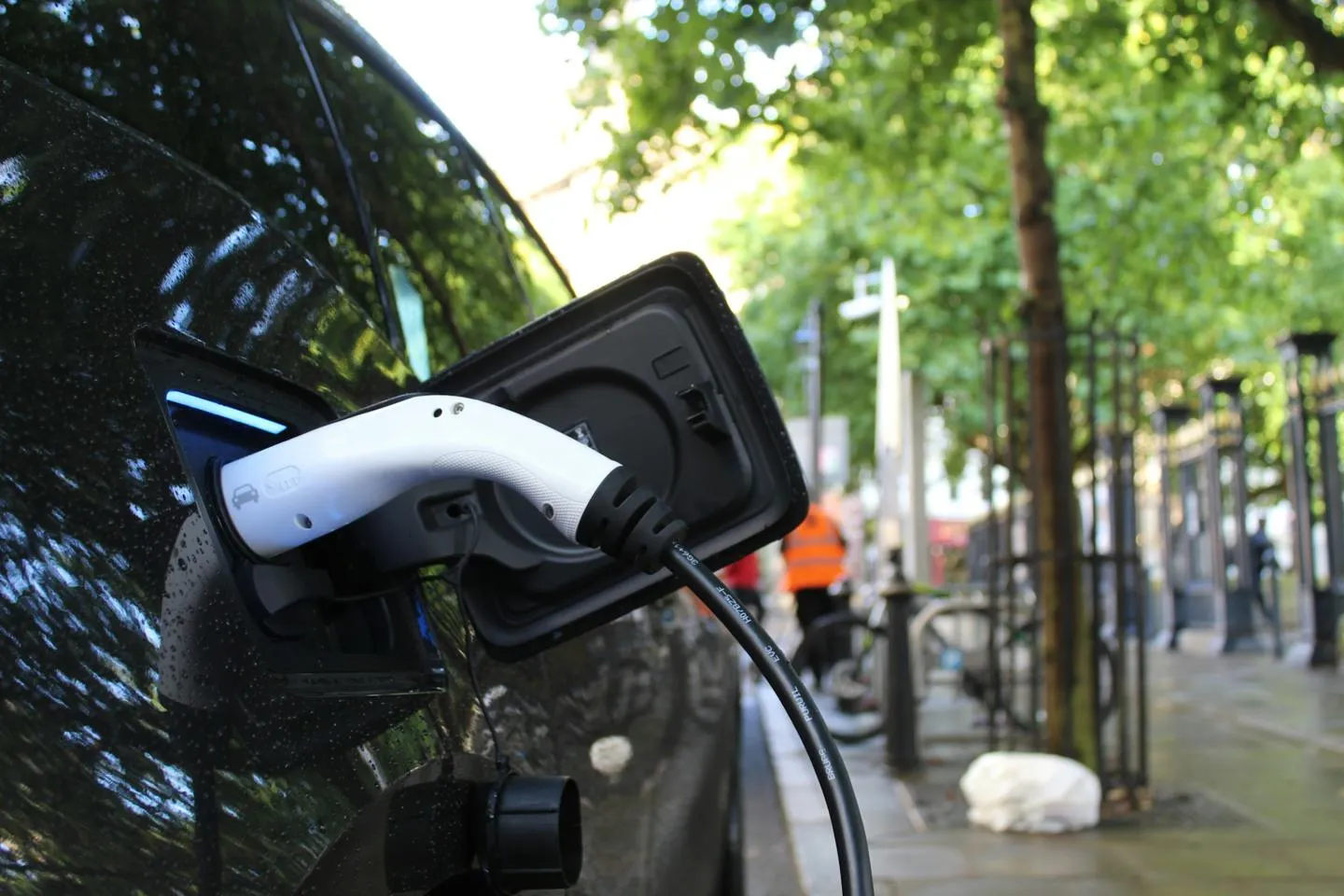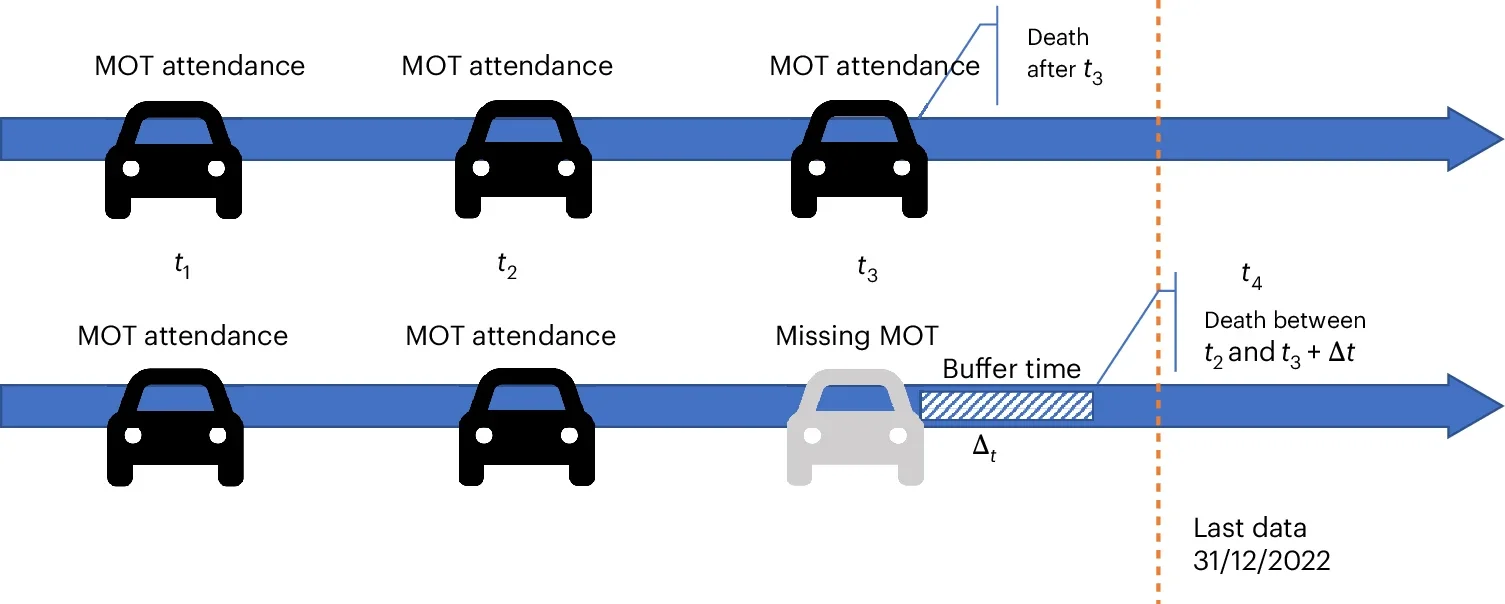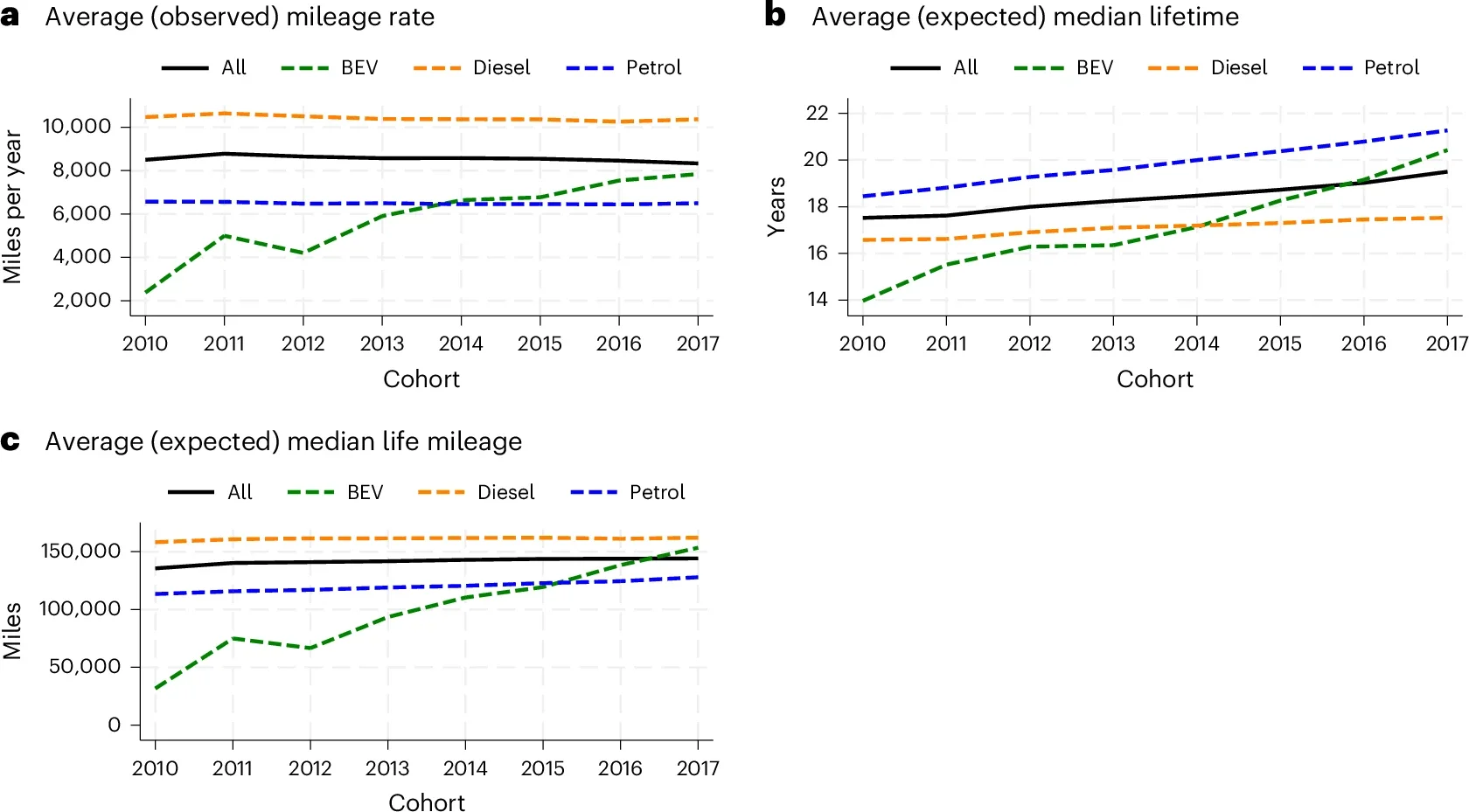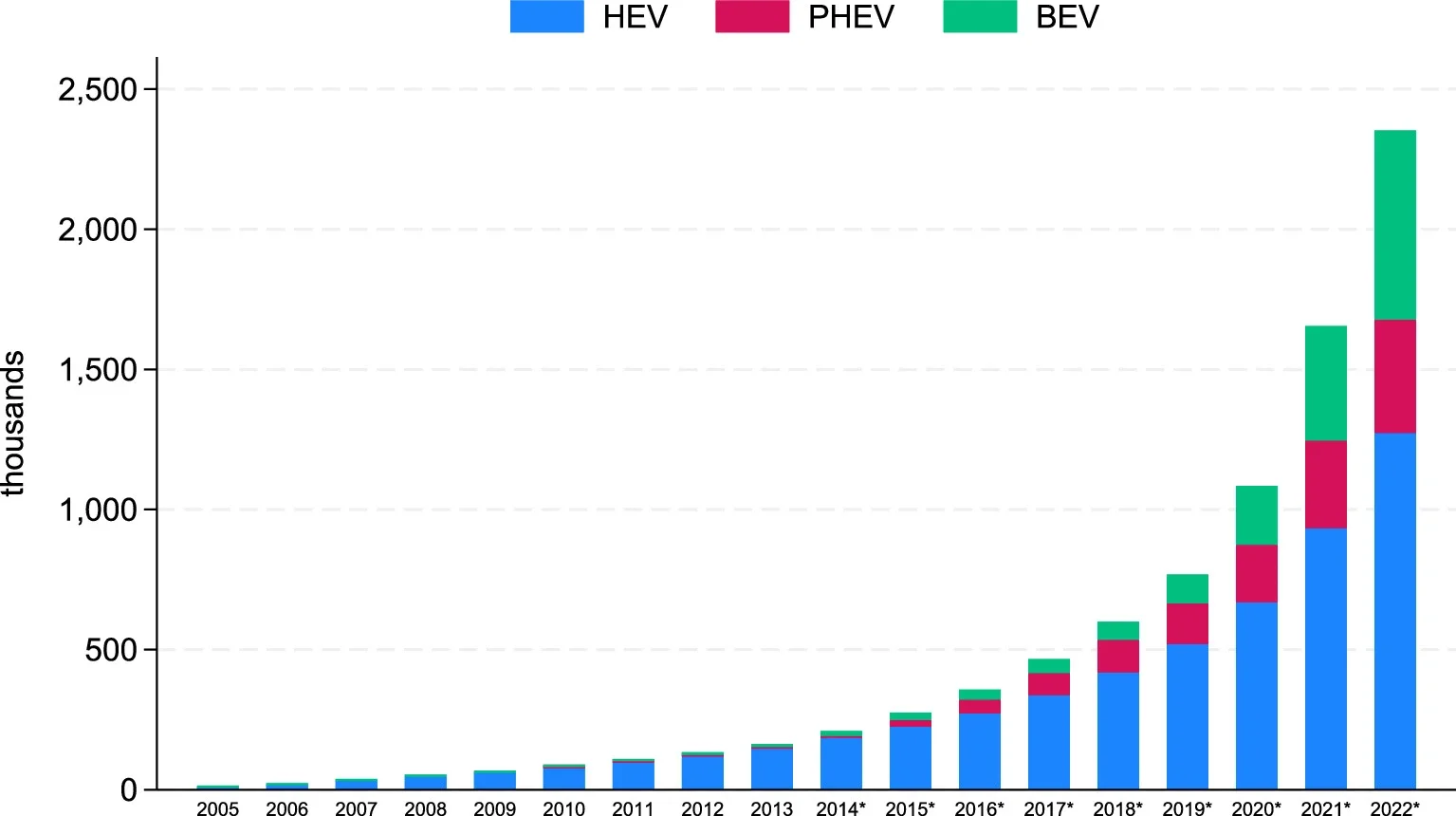The shift to electric vehicles (EVs) is widely heralded as a key step in reducing greenhouse gas emissions and combating air pollution. Fully battery electric vehicles (BEVs), in particular, are seen as transformative, offering the potential to replace fossil fuels entirely with renewable energy.
However, understanding the true environmental and economic benefits of EVs requires examining their entire life cycle—from production to end-of-life disposal—as well as their longevity compared to traditional internal combustion engine vehicles (ICEVs).
Producing an EV is a resource-intensive process. On average, EVs require six times the critical mineral inputs of traditional vehicles, resulting in an environmental footprint 50% higher than that of ICEVs during production. Despite this, the long-term benefits of EVs can outweigh these initial costs.

The key lies in their operational phase: BEVs produce no tailpipe emissions and can leverage low-carbon electricity generated from renewable sources such as wind, solar, and geothermal energy. The environmental payoff becomes even more significant as the global energy grid shifts toward renewables.
Economically, EVs also present a mixed picture. While they typically cost around $12,000 more upfront than ICEVs, they offer lower operating expenses. According to Argonne National Laboratory, maintenance costs for BEVs average $0.06 per mile, compared to $0.10 per mile for ICEVs.
Lower fuel costs and government incentives—ranging from subsidies to waived taxes and tolls—further enhance their affordability. However, tariffs and trade policies, such as the proposed 100% tariff on Chinese-made EVs in the United States, can complicate the financial equation.
Longevity is a critical factor in assessing the environmental and economic viability of EVs. For instance, a longer-lasting EV can offset the higher emissions generated during its production phase.
Related Stories
Life cycle assessments (LCA), which evaluate the environmental impact of a vehicle from raw material extraction to disposal, rely on accurate longevity estimates. Total cost of ownership (TCO) models—which calculate expenses from purchase to retirement—also depend on such data.
Historically, ICEVs have had a longevity advantage due to decades of technological refinement. Emerging EV technologies, by contrast, are still evolving, making their long-term reliability uncertain. Additionally, market dynamics and consumer behavior influence vehicle durability.
EVs are often purchased as secondary vehicles within households, potentially altering usage patterns and lifespan expectations. Concerns about planned obsolescence—where manufacturers prioritize profits over product durability—further complicate the outlook.
Recent research provides valuable clarity on the lifespan of EVs. An international team of researchers analyzed nearly 300 million UK Ministry of Transport (MOT) test records, spanning from 2005 to 2022. These records tracked the “health” of vehicles, offering unprecedented insights into the reliability and durability of different powertrains.

The findings reveal that early BEVs were less reliable than ICEVs. However, rapid technological advancements have allowed newer BEVs to achieve comparable, if not superior, lifespans. On average, BEVs now last 18.4 years and can travel up to 124,000 miles, surpassing traditional petrol vehicles in mileage.
BEVs also demonstrated the most significant improvement in reliability over time, with each successive production year reducing the likelihood of failure by 12%. In contrast, petrol and diesel vehicles showed reliability improvements of 6.7% and 1.9%, respectively.
Top-performing brands highlight the competitive landscape. Tesla leads in BEV longevity, while Audi and Skoda excel among petrol and diesel vehicles, respectively. These findings underline the importance of innovation and quality in promoting EV adoption.
The study underscores the environmental and economic advantages of BEVs, particularly as renewable energy becomes a larger share of the energy mix.

Co-author Dr. Viet Nguyen-Tien of the London School of Economics emphasized that BEVs are no longer niche options but viable and sustainable alternatives to traditional vehicles. “Our findings provide critical insights into the lifespan and environmental impact of electric vehicles,” he stated. “This is a significant step toward achieving a net-zero carbon future.”
Professor Robert Elliott from the University of Birmingham echoed these sentiments, highlighting the long-term sustainability of BEVs. “Despite higher initial emissions from production, a long-lasting electric vehicle can quickly offset its carbon footprint, contributing to the fight against climate change,” he noted. Elliott also stressed that the study’s insights can help consumers make informed decisions while guiding policymakers in shaping regulations and incentives.
Longevity data also has practical applications beyond consumer and policy decisions. It informs fleet replacement strategies, aids in forecasting automotive sales, and facilitates planning for the end-of-life treatment of vehicles. Recycling and repurposing EV batteries, for instance, will be crucial as the number of retired BEVs grows.
This study exemplifies how big data can address knowledge gaps in transportation research. The use of anonymized MOT test data allowed researchers to overcome limitations of previous studies, which often relied on lab-based data or extrapolations from ICEV statistics. By leveraging real-world data, the research provides a more accurate and comprehensive picture of EV longevity.
The findings also highlight the rapid pace of technological improvement in BEVs. Early models faced reliability challenges, but continuous advancements have made newer models more durable and efficient. This trend bodes well for the future of sustainable transportation, as reliable BEVs can encourage broader adoption and reduce environmental impacts.

As the world moves toward decarbonizing transportation, understanding the longevity and life cycle impacts of EVs becomes increasingly important. The transition to EVs is not just about replacing one powertrain with another; it represents a fundamental shift in how vehicles are designed, produced, and used.
Studies like this provide the evidence needed to navigate this transition effectively, ensuring that EVs fulfill their promise as a cornerstone of a sustainable future.
Note: Materials provided above by The Brighter Side of News. Content may be edited for style and length.
Like these kind of feel good stories? Get The Brighter Side of News’ newsletter.
The post Electric vehicles now match gas and diesel counterparts for longevity appeared first on The Brighter Side of News.